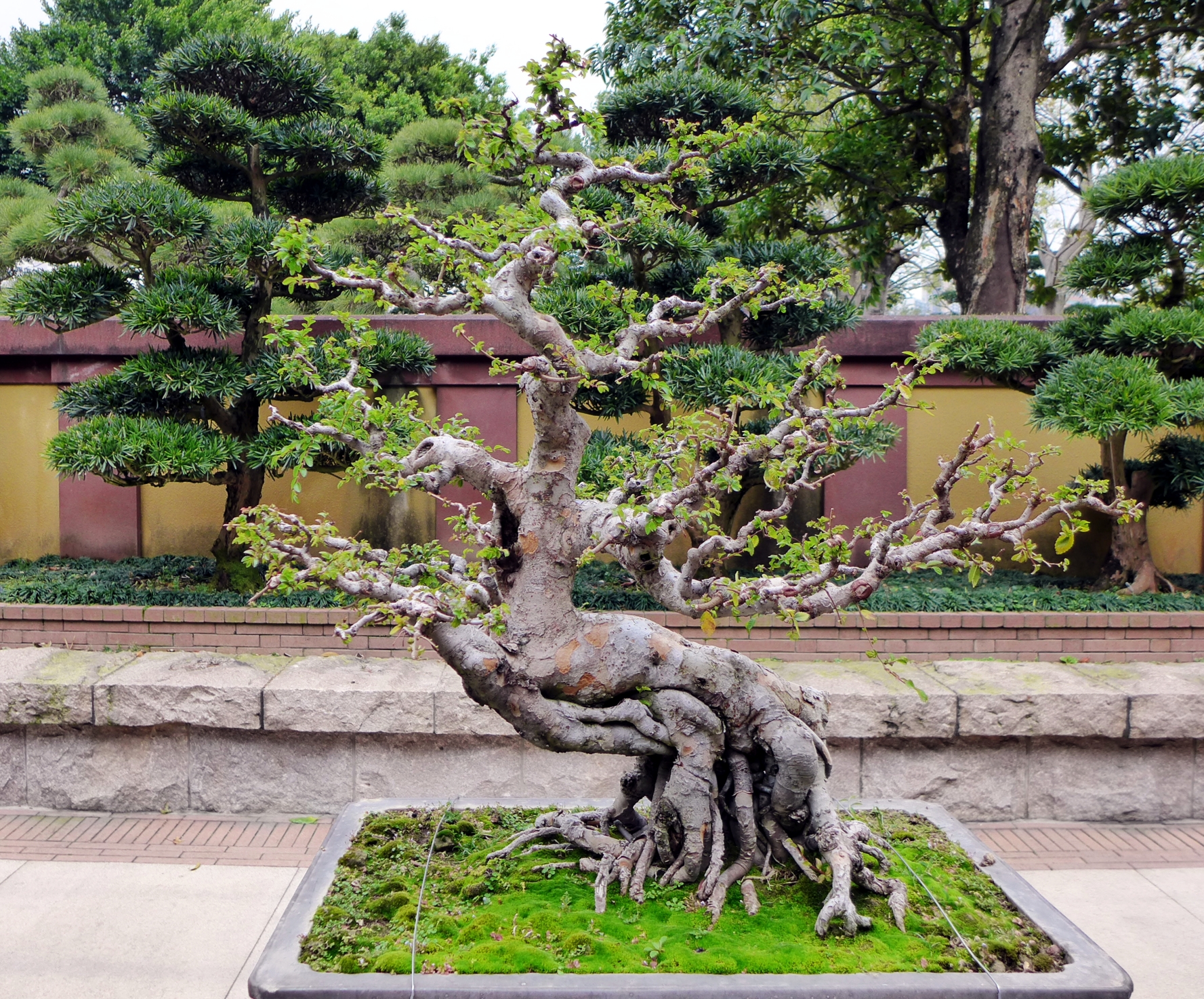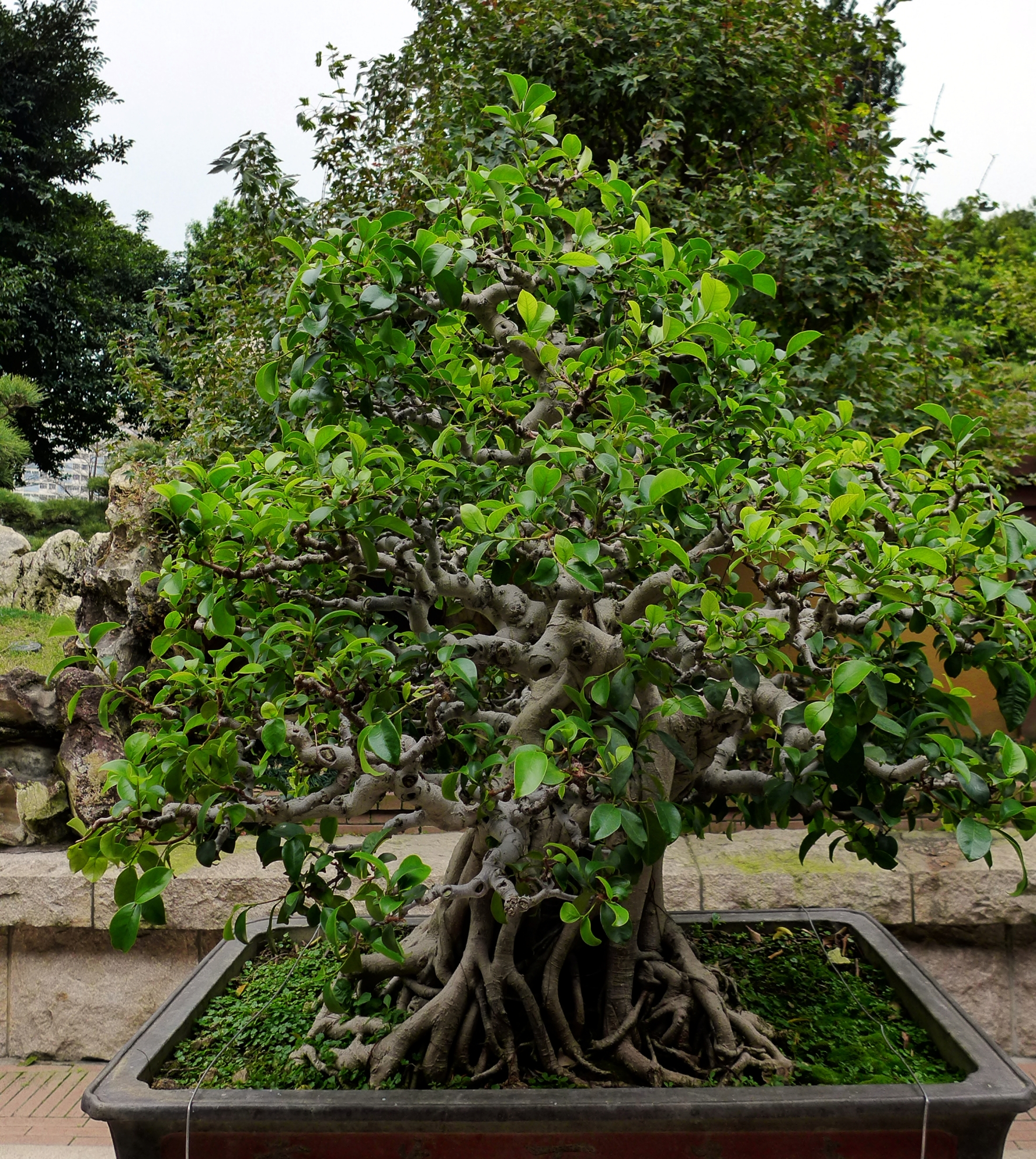A few days after Chinese New Year we visited Chi Lin Nunnery and Nan Lian gardens in Diamond Hill. I had initially thought we were only visiting a nunnery so the extensive and beautiful gardens were a nice surprise. It was a clear, warm day and we took our time exploring the rambling paths of the classical Chinese garden and then moved on to the Buddhist nunnery.
Nan Lian garden, 南蓮園池, is a classical Chinese garden, opened in 2006 as a joint collaboration of Hong Kong’s government and Chi Lin Nunnery. The gardens are in classical Chinese style, meaning that they adhere to an idealised and harmonious view of nature; there is no perceivable deliberate order, rather a mixture of ingredients that create the classical garden carefully placed to achieve a sense of harmony.
A Chinese garden is not intended to be laid out in one glance, instead one walks through winding paths, glimpsing perfect views of the garden’s features and buildings. The garden features rocks, trees and a pond, though none feel placed or unnatural; you would never know that 10 years ago none of this existed – the gardeners have mastered the ‘art of irregularity’ an illusion that all is naturally occurring. Even the buildings feel perfectly in balance with the nature surrounding them.
The focal point of the garden was a spectacular golden pavilion in the middle of a pond. Glistening in the sun it lit up the whole garden with colour; polished gold contrasted with the bright red bridge and the red, green and pink foliage surrounding it. In the distance the high rise buildings and mountains framed it, making it the centre of everyone’s focus, the peak of the garden. It was also the peak of congestion – everyone wanted a picture with the pavilion and no one wanted to wait their turn.
This was the ‘Pavilion of Absolute Perfection’; clearly whoever created knew it was the best feature of the garden, though ‘absolute perfection’ is aiming pretty high. This seems to fit into the general Chinese optimism when it comes to naming things, such as every Chinese restaurant being ‘world famous’ and every company being ‘heavenly’ or ‘very lucky’. Absolute perfection is just taking it to the next level.
The ‘ingredients’ for a Chinese classical garden are, as one might expect, elements that balance one-another. The key feature is a lake or body of water, reflecting the sky and changing the atmosphere of the garden with the weather. Alongside this changeable element, a classical garden features the unchangeable, fixed element of rock. In the Tang dynasty (618–907 AD) interesting rocks were seen as objects of art and included in gardens to enhance the atmosphere and harmony of elements. Some gardens, instead of a lake as a focal feature, had a ‘dry lake’ of white pebbles or sand. Sound familiar? This feature was imported to Japan and became the iconic Zen garden.
On our way to the Nunnery, which was just across the road from the gardens, we noticed an abundance of what I assumed were bonsai trees – mini old-looking trees. These are in fact penjing trees, the Chinese version of the art of bonsai, which actually out-dates bonsai. The earliest depiction of penjing trees in China is 706, whereas in Japan, bonsai’s first depiction is 1309. It is likely that Japanese officials encountered penjing upon trips to court in China, leading to the art of bonsai in Japan. These small trees are so beautiful and intricate and they look so old. I can imagine they are a lot of work to grow and craft them into such amazing samples.
The nunnery itself consisted of a couple of courtyards with even more penjing trees. The nunnery was running an event for new year, where if you queued up past the Buddhist statues you were given a small red envelope and some sweets. I got mine which contained 2 Hong Kong Dollars (like 2p). The sweets were pretty tasty.
Chi Lin Nunnery, 志蓮淨苑, was founded in 1934 but rebuilt in the 1990s following traditional Tang dynasty style. There are no iron nails used in the entire structure, instead it was constructed using Tang dynasty techniques of interlocking wooden joints. It is the only building of this style in the whole of Hong Kong.
Both the nunnery and the gardens are well worth visiting if you are in Hong Kong, and both are completely free! I made 2 Hong Kong dollars out of my visit! If you can, go on a sunny day to truly appreciate the golden pavilion.










































